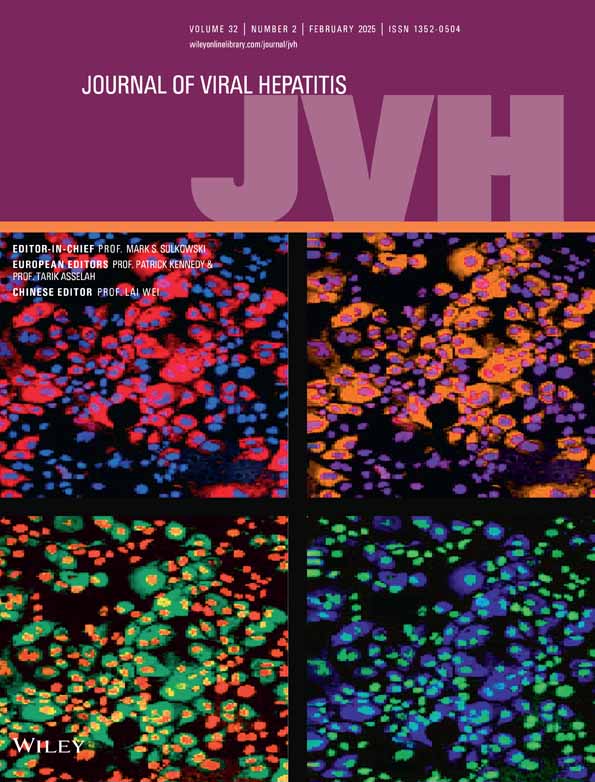Clinical Features and Transition of Acute Hepatitis B Virus Infection
Funding: Dr Rui Huang wishes to acknowledge the support from Nanjing Medical Science and Technique Development Foundation (JQX21002 and QRX17121) and Natural Science Foundation of Jiangsu Province (BK20211004) and Clinical Trials from the Affiliated Drum Tower Hospital, Medical School of Nanjing University (2022-LCYJ-MS-07). Dr Jian Wang wishes to acknowledge the support from the Clinical Trials from the Affiliated Drum Tower Hospital, Medical School of Nanjing University (2021-LCYJ-PY-43) and Nanjing Medical Science and Technique Development Foundation (YKK21067). Dr Huali Wang wishes to acknowledge the support from Nanjing Second Hospital Medical Science and Technique Development Foundation (RCMS23012).
Huali Wang, Jian Wang and Shaoqiu Zhang contributed equally to this work.
ABSTRACT
Acute hepatitis B (AHB) is generally a self-limiting illness in adults and most patients achieve hepatitis B surface antigen (HBsAg) clearance within 6 months. We aimed to investigate the proportion and influencing factors of chronic outcome in adult AHB patients. A total of 126 consecutive AHB patients were included between January 2013 and October 2018. Multivariate regression analysis was conducted to evaluate the influencing factor of HBsAg clearance. Fourteen (11.1%) patients failed to achieve HBsAg clearance within 6 months. Among them, nine patients achieved HBsAg clearance within 6–12 months, while five patients had persistent HBsAg positive over 1 year. Patients with HBsAg clearance had lower baseline antibody to hepatitis B core antigen (anti-HBc) (7.0 S/CO vs. 8.0 S/CO, p = 0.090) and HBsAg levels than those with chronicity of AHB. Multivariate analysis revealed that HBsAg ≤ 250 IU/mL (HR 3.008, IQR 1.877, 4.820, p < 0.001) and anti-HBc levels (HR 0.830, IQR 0.755, 0.912, p < 0.001) was significantly associated with HBsAg clearance. Anti-HBc remained an independent predictor of HBsAg clearance in different HBsAg subgroups. Patients with HBsAg > 250 IU/mL (p < 0.001) and high anti-HBc (p = 0.001) had lower cumulative HBsAg clearance rates than those with low HBsAg and anti-HBc. 11.1% of AHB patients did not achieve HBsAg clearance within 6 months, while the proportion of patients with persistent HBsAg positive decreased to 4.0% after 1 year. Combination of baseline HBsAg and anti-HBc levels could identify patients who might have a possible risk of chronicity following AHB.
Conflicts of Interest
The authors declare no conflicts of interest.
Open Research
Data Availability Statement
The data that support the study findings are available upon reasonable request from the corresponding authors (Li Li and Rui Huang).




